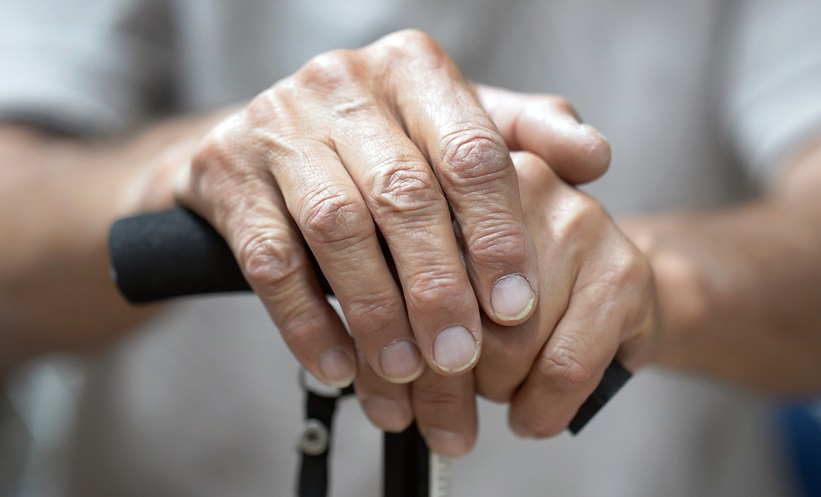A RECENT small-scale study has yielded significant findings regarding cardioprotection during chemotherapy. The results of the Cardiac CARE trial reveal that troponin-guided carvedilol and candesartan intervention did not show any discernible impact on preserving cardiac function in patients undergoing chemotherapy, despite being seemingly high-risk.
Lead author Peter A. Henriksen, British Heart Foundation Centre, Queen’s Medical Research Institute, Edinburgh, UK, and colleagues highlighted the paucity of understanding regarding the progression from heart muscle injury during chemotherapy to the development of clinical heart failure. Additionally, they emphasised that the overall effectiveness of potential cardioprotective treatments remains undetermined.
The Cardiac CARE trial aimed to address this knowledge gap by assessing whether cardiac troponin monitoring could identify patients at risk of left ventricular systolic dysfunction during anthracycline chemotherapy. Furthermore, it sought to determine if cardiac troponin-guided treatment using candesartan and carvedilol could prevent the development of left ventricular systolic dysfunction.
The study involved 175 participants, predominantly female, with breast cancer comprising 71% of cases and non-Hodgkin lymphoma representing 29%. These patients underwent serial high-sensitivity cardiac troponin testing and cardiac MRI before, during, and 6 months after their cancer treatment. High-risk individuals, identified as those exceeding cardiac troponin I concentration thresholds, were randomised to receive standard care along with a combination of carvedilol and candesartan, or standard care alone.
The primary outcome under scrutiny was the change in left ventricular ejection fraction at the 6-month mark. Intriguingly, while over one-third of participants (32.6%) were classified as high-risk for cardiotoxicity, there was no significant difference in the 6-month left ventricular ejection fraction between those assigned to cardioprotection and those on standard care, even after adjusting for various factors.
These findings raise questions about the efficacy of guidelines that recommend treatment based on cardiac troponin monitoring in identifying patients at risk of chemotherapy-related cardiac dysfunction, and the utility of early intervention with cardioprotective therapy, especially for patients with the highest levels of cardiac troponin. Progress in understanding and addressing cardiac complications in patients undergoing chemotherapy remains a vital area for future research and intervention.








